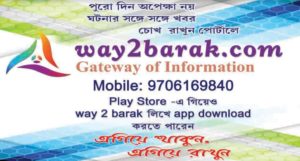BusinessBreaking News
Webinar highlights local trade in border areas of Northeast & Bangladesh through waterways

Sept. 24: People-centric cross-border trade in local products through participation and partnership is a key for India-Bangladesh border area development. “Trade is not just about negotiations to under its possibilities. It is more important to make cross-border trade happen as producers and consumers on both sides of the international border between Bangladesh and India are to gain from it.” We need to optimise the number as well as content of rules and regulations and facilitate their implementation for thinning the border,” said Bipul Chatterjee, Executive Director, CUTS International, a global policy think- and action-tank on trade, regulations and governance. He was speaking at a webinar held on Thursday by CUTS International & Jookto under a regional programme on ‘Trans-boundary Rivers of South Asia’ managed by Oxfam Novib.
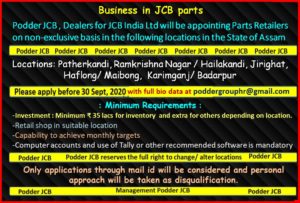 Subimal Bhattacharjee, Director, Jookto, a grassroots organisation in the Barak Valley in Assam working on socio-cultural and economic development of local communities said, “The opportunities for the Barak valley are immense as it links Bangladesh with other north eastern states. The ground work done by CUTS and Jookto has identified that the problems faced by producer communities across border are more or less similar. A major constraint is infrastructural challenges.”
Subimal Bhattacharjee, Director, Jookto, a grassroots organisation in the Barak Valley in Assam working on socio-cultural and economic development of local communities said, “The opportunities for the Barak valley are immense as it links Bangladesh with other north eastern states. The ground work done by CUTS and Jookto has identified that the problems faced by producer communities across border are more or less similar. A major constraint is infrastructural challenges.”
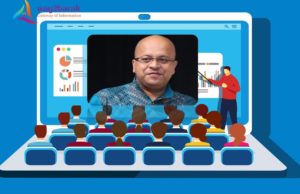 In his remarks, Jyotiraj Patra, Project Manager of the TROSA Programme, articulated on the need for making opportunities inclusive and people-centric by building partnerships and ensuring participation of young business leaders including women. The webinar brought together traders, business communities in India and Bangladesh to discuss specific issues and problems that concerns while trading across border through waterways.
In his remarks, Jyotiraj Patra, Project Manager of the TROSA Programme, articulated on the need for making opportunities inclusive and people-centric by building partnerships and ensuring participation of young business leaders including women. The webinar brought together traders, business communities in India and Bangladesh to discuss specific issues and problems that concerns while trading across border through waterways.
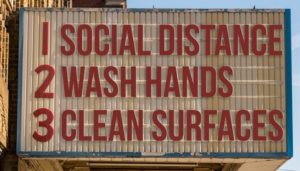 Speaking on the occasion Niranjan Roy, Professor of Economics at the Assam University commented that “Inland waterways are most cost-effective means of transportation. Our common legacy of history says that there are a lot of opportunities, which should be re-explored. For trade to sustain for a longer period, it is important to ensure people-to-people connect and confidence building measures on the ground.”
Speaking on the occasion Niranjan Roy, Professor of Economics at the Assam University commented that “Inland waterways are most cost-effective means of transportation. Our common legacy of history says that there are a lot of opportunities, which should be re-explored. For trade to sustain for a longer period, it is important to ensure people-to-people connect and confidence building measures on the ground.”
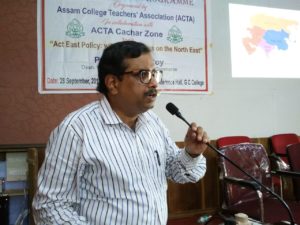
Procedural issues, non-recognition of standards and infrastructural constraints are major bottlenecks of trade between Bangladesh and Northeast India was mentioned by Abu Taher Md Shoeb, President, Sylhet Chamber of Commerce in his presentation.
According to Sujit Roy, General Secretary, India-Bangladesh Chambers of Commerce and Industry (Tripura Chapter) and All Tripura Merchants Association, “The opening of new trade route between Sonamura in Tripura and Daudkandi in Bangladesh on a pilot basis has generated a huge excitement among the traders. This needs to be converted to a regular cross-border trade happening through this route. Unless navigational challenges are addressed, its full potentiality may not be realised.”
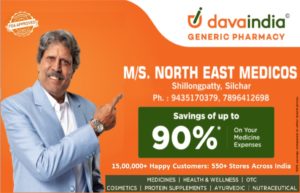
According to Arun Roy, an expert on river engineering and inland water transport, instead of looking for big vessels, one should encourage smaller boats for facilitating cross-border trade between India and Bangladesh via small stretches of waterways. “Small boats can navigate low-depth conditions and is economical for short-haul trade. Trade can happen throughout a year.”
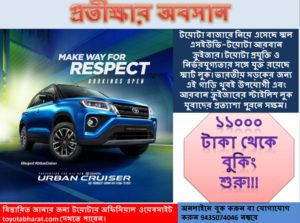 Shalahuddin, Manager-Export, Premier Cement Mills Limited, Bangladesh, Deborshi Bhattacharjee, President, Assam Exporters and Importers Association, Karimganj and M L Debnath, President, Tripura Chamber of Commerce also presented their view points on this germane issue.
Shalahuddin, Manager-Export, Premier Cement Mills Limited, Bangladesh, Deborshi Bhattacharjee, President, Assam Exporters and Importers Association, Karimganj and M L Debnath, President, Tripura Chamber of Commerce also presented their view points on this germane issue.
Concluding the webinar, Bipul Chatterjee and Subimal Bhattacharjee said that CUTS and Jookto will prepare a memorandum covering the suggestions made by various chambers and submit that to relevant ministries in India including at the state level in Assam and Tripura. Through their partners, it will also be taken forward to the relevant stakeholders in Bangladesh.
